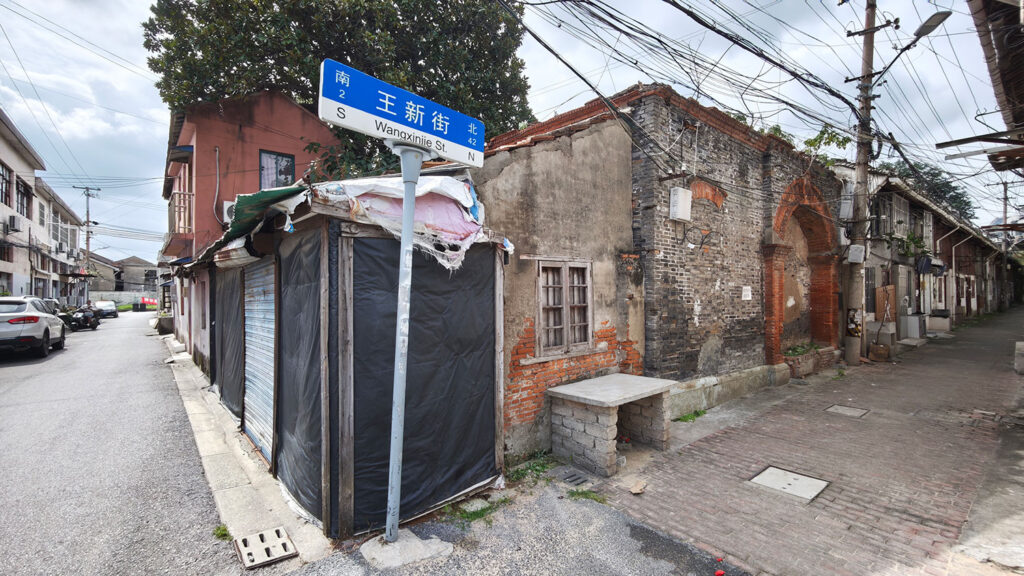Most sports journalists ask dumb questions, like they’ll ask an athlete “Do you look forward to the match?” — and travel writing often lacks specifics, stacking superlatives: “The waterfall was amazing, and the forest stunningly beautiful.” Each way of writing or topic has its own problems. China writing is often caught in one of two extremes: China is either the juggernaut that will inevitably rule the world, or it is the backward nation with markets full of pangolins and porcupines. But neither viewpoint is very helpful. China-writing focuses on extremes that catch the richest and poorest, the weirdest and most traditional, but not the majority of the population.
This, however, you could say is the way journalism works. It’s understandable that the similarities between the West and modern China are rarely mentioned. Journalists don’t write about daily life, or about stuff that didn’t happen. They will pick the extremes. And then when you have a country twice the size of the European Union with three times the population, it’s easy to find such extremes. China is Murphy’s Law in reality. Anything that can happen, happens in China.
In a similar way: If you ask a Chinese person what they think of Europe, they’ll say “乱” (messy). Because although they know the windmills and landscapes in the Netherlands — fields of tulips — all they see on their phones is news like a journalist being shot down in Amsterdam, anti-covid protests, and nobody wearing facemasks. Only when somebody drives a car into a Berlin terrace it’s on the news here, reinforcing the view of how messy Europe is.
It’s not that the truth is always found in the middle: it is rather really nuanced and complicated, mixed together. In China, facial recognition provides visitors of public toilets with free toilet paper, but that same paper may clog the water drainage because the pipes are too small. In between TV programs, Chinese designed & produced ultra-HD flatscreens in modern homes show advertisements for buying sea horses because sea horses supposedly have medical value. The number four is omitted from floor names because of tetraphobia. The rural calendar still decided when people in the metropolis go on holidays.
But coverage on China sometimes is just irresponsible, negligently, or purposely misleading. Extreme air pollution in China is often documented, even though the situation has improved, and is now much more severe in other countries. Beijing is only 56th on the list of world cities with the most polluted air (Shanghai is 248th). China’s social credit program, which is often described by Western media as a Black Mirror episode, or Orwellian, but the reality is much more nuanced. A single line about abortion (“Reduce abortions that aren’t medically necessary”) in a 25-page medical report is taken out of context (“An aging China is going to make it harder for women to get abortions”). It is fun to portray China in a bad light because it appeals to foreign tastes. Bloomberg somehow finds a way to make cheap cancer medicine look bad.

Another huge red flag in writing about China is the word ‘netizens’. See the following headlines:
- Knockoff Japanese shopping street in city traumatized by war draws ire
- How a Lost iPad Sparked Furious Online Debate in China
- Sexy Photo Shoot Featuring Feminist Chinese Comedian Sparks Debate
- The Anti “Halalification” Crusade of Chinese Netizens
- Proposed immigration changes spark racist backlash in China
In each of these cases (and many others), just a handful of Weibo users are cherry-picked and presented as if they represent the whole of China. In that last link, Sixth Tone mentions one Q&A topic that received over 150,000 replies, but that doesn’t equal 150,000 people, as often people start discussions and reply to each other (just like on Facebook). And while the top comments were negative, were they all? We don’t know. And even if all 150,000 comments were negative and even if they were all posted by individual people, then that’s only 0.03% of all monthly active Weibo users, or 0.01% of the population.
When writing or reading articles on China…
When writing or reading articles on China, I think it’s good to realize that China is a country twice the size of the European Union with three times the population. You wouldn’t write about the EU as one entity, in fact we will ‘know’ how cold-blooded Finns vastly differ from temperamental Italians. Chinese people also vary vastly in terms of demographics, even in a single city like Shanghai, as immigrant builders build homes for the sons and daughters of rich business people. For any point you make about China, the opposite is also true.
After three years of living in China, I’m no longer comfortable writing about big sweeping generalizations about the country. Whether writing on attitudes about money or friends, I prefer to focus on individuals or places — not extrapolating one viewpoint to apply to 1,4 billion people — but rather have many bits and pieces, mostly on daily life, to let the reader make up her or his own perspective.
Five articles on cities in China:
- On rural Nantong, ‘Pillars on the Horizon’, 2021
- Jiangshan, a city in Zhejiang, ‘Three peaks and a railway station’, 2021
- A tier-4 city near Shanghai, ‘A day in Danyang’, 2020
- Being in post-covid Wuhan, ‘A city on its own terms again’, 2020
- On Shanghai, ‘The blank canvas that is Shanghai’, 2018



